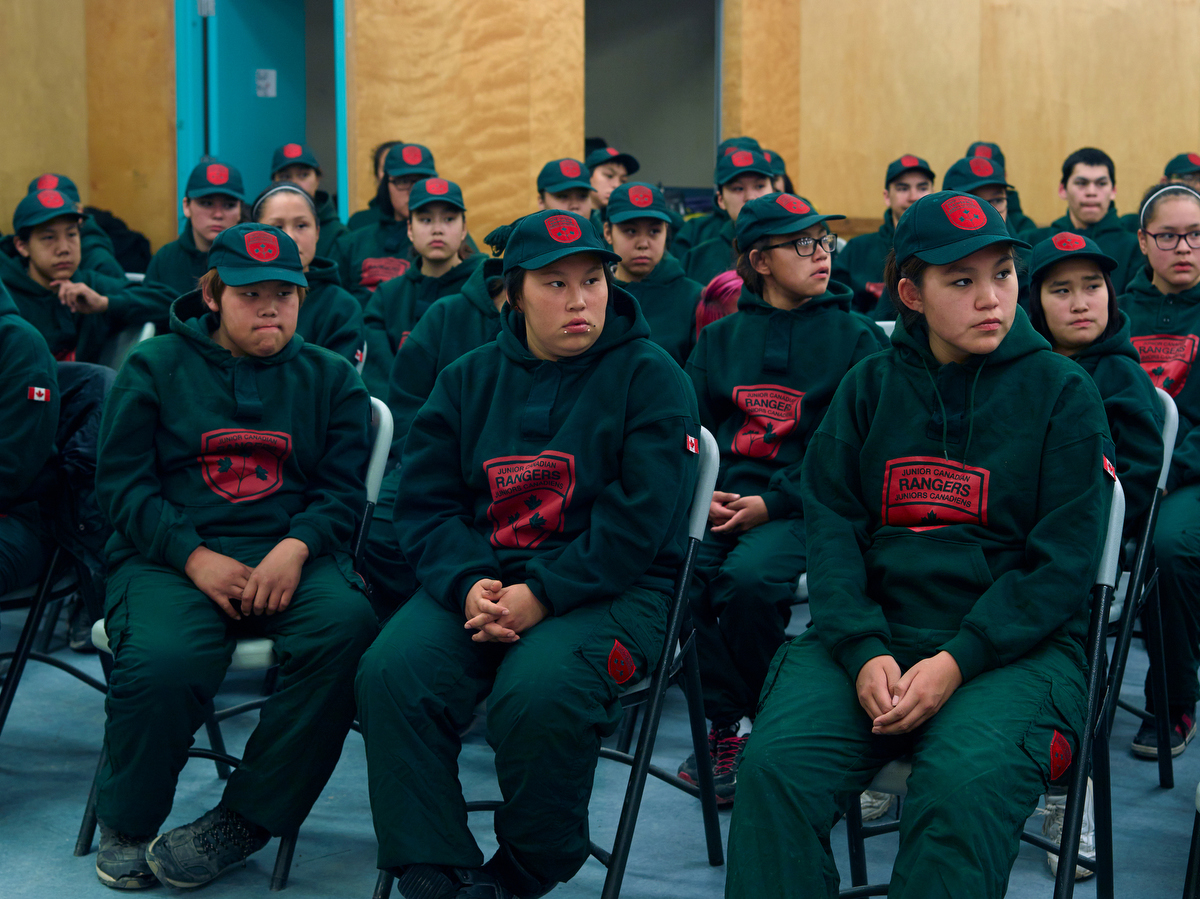What Canada’s Military Looks Like at the Arctic Front
Credit to Author: Philip Cheung| Date: Thu, 10 Jan 2019 15:26:02 +0000
“Arctic Front” is the first chapter in a long-term project examining Canada’s post-Afghanistan military, presenting the viewer with a glimpse of contemporary military culture—whether that is in training, peacekeeping, capacity-building or all-out war. It’s a project that is the meeting of my two lives, as I spent more than 10 years with the Canadian Forces before becoming a professional photographer, serving in some the world’s most conflicted regions (Iraq, Afghanistan, the West Bank, and Northern Africa.)
For Arctic Front, I spent two weeks split between Rankin Inlet, Taloyoak and King William Island in Nunavut with the Canadian Rangers. This wasn’t my first time up in the Arctic. As a young soldier in the Canadian Army, I travelled to Gjoa Haven to learn how to hunt, fish, build shelters and navigate on the land with the specialized unit.
Canada’s Arctic is its last frontier. The Far North makes up more than 40 percent of its landmass (roughly 2,436,855 sq. km), but contains less than one percent of Canada’s population. Rising sea and air temperatures due to climate change are contributing to sea-ice loss, which has opened up international interest over new ‘ice-free’ shipping routes in the Northwest Passage, as well as access to the significant natural resources such as oil, gas and precious metals there. But with new interest in North, from countries such as China or Russia, comes new challenges to Canada.
The Canadian Rangers unit is part of Canada’s answer to establishing sovereignty over the North. This part-time military force, tasked with keeping watch over the Arctic, is made up of roughly 5,000 personnel, many of whom are Indigenous, from more than 200 remote communities spread across the region.
The unit conducts surveillance patrols and reports anything unusual to other branches of the military. The Rangers also importantly teach southern personnel survival skills, take part in search-and-rescue operations and other humanitarian aid in remote communities. Within the military community they are deeply respected for their intimate knowledge of the land and living off it.
The Rangers have been a visible military presence in remote northern communities for over 65 years and they continue to serve as the military’s “eyes, ears and voice” of the North.
Arctic Front will be showing at the Circuit Gallery @ Prefix Institute of Contemporary Art in Toronto, Ontario from January 10 – February 2, 2019. The opening reception is January 11 at 6pm.

Philip Cheung is an award-winning Canadian photographer whose work has appeared in galleries around the world. His work has been featured in outlets such as National Geographic, The New York Times, The Atlantic and The Fader.
Sign up for the VICE Canada Newsletter to get the best of VICE Canada delivered to your inbox.
Instagram: @philipcheungphoto
Website: www.philipcheungphoto.com